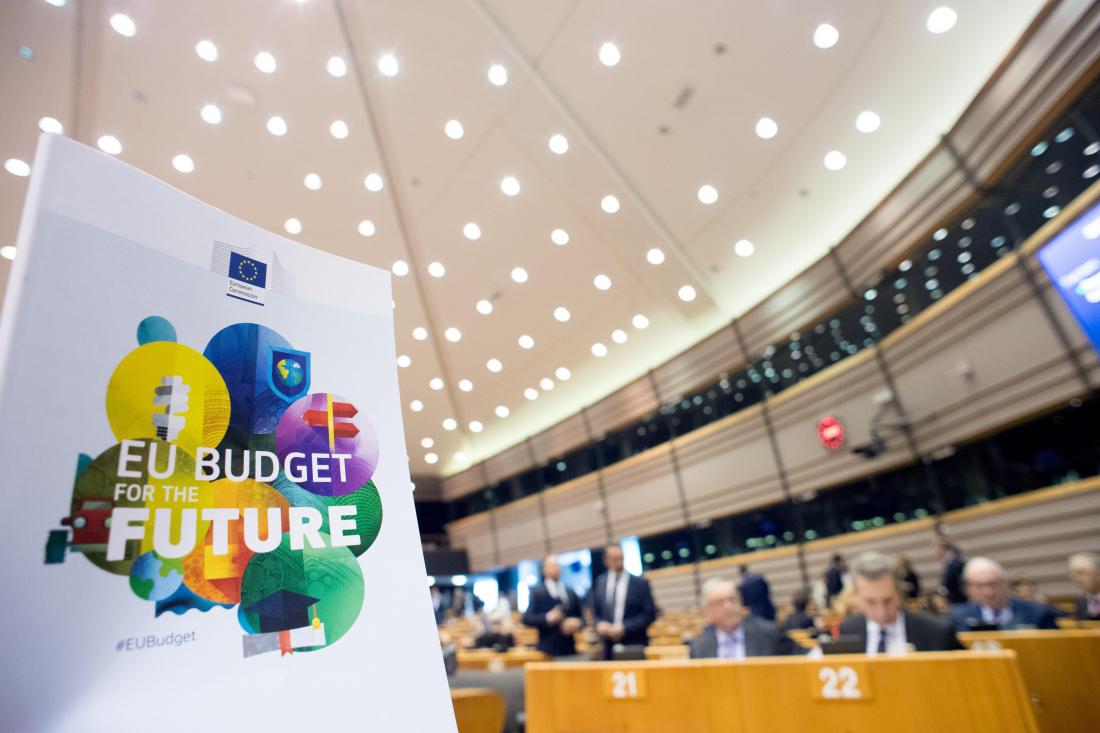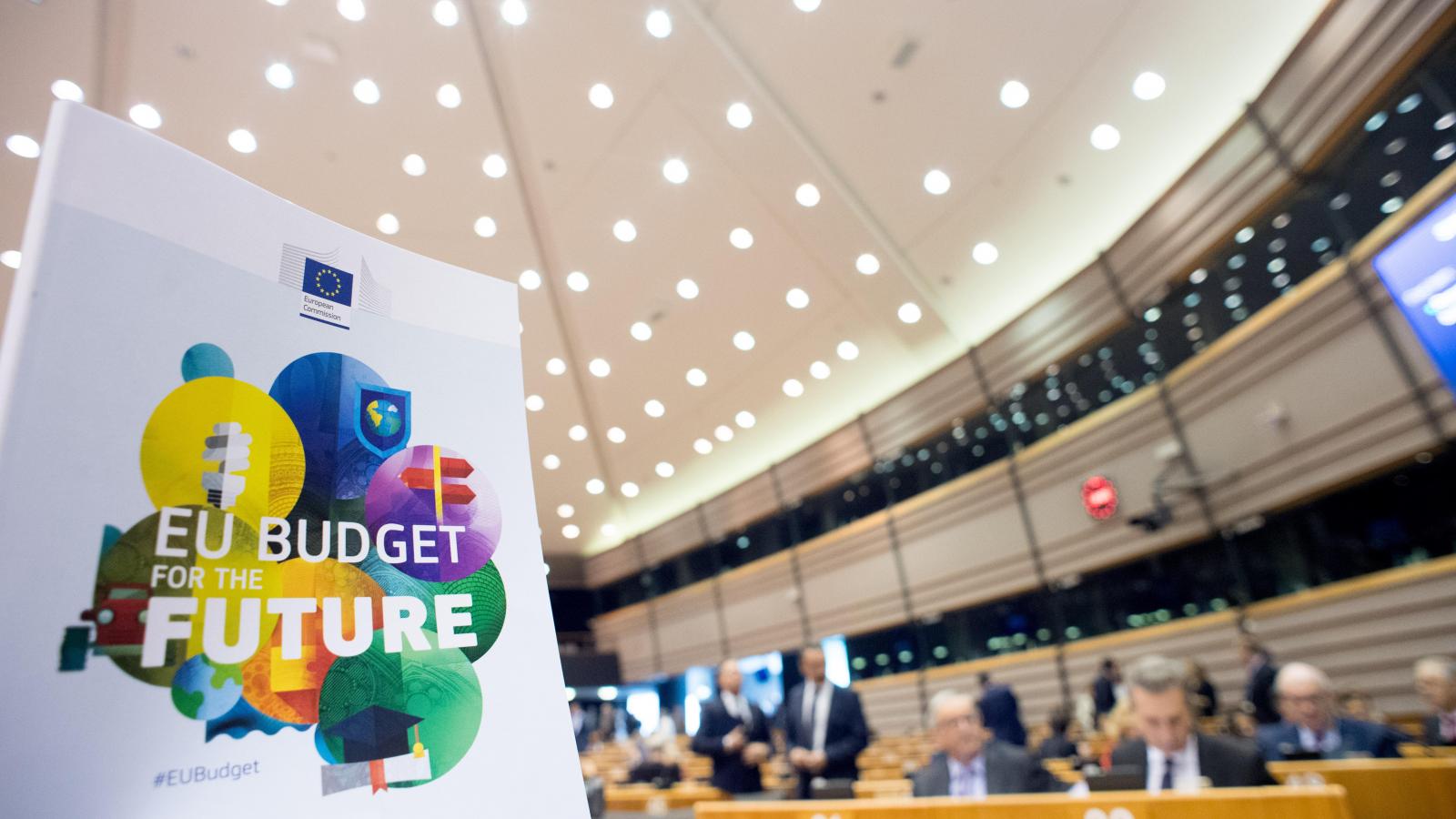Beyond 2020: what’s next for cross-border cooperation in the long-term EU budget?

A reference to cross-border cooperation was included in the proposal of long-term EU budget recently presented by the European Commission.
The European Commission presented on 2 May 2018 a long-term EU budget for the 2021-2027 period, also referred to as Multiannual Financial Framework (or 'MFF'). The MMF translates the Union's political priorities into financial terms and sets annual maximum amounts ('ceilings') for EU expenditure as a whole and for the main categories/priorities of expenditure ('headings').
Overall, the Commission proposes a long-term budget of €1,279 billion in commitments over the period from 2021 to 2027.
Let’s see in this article how the EU intends to work with its neighbouring countries, the potential financial resources earmarked for external action and the prospects for cross-border cooperation.
Toward a single external instrument
The proposal of the European Commission foresees a major restructuring of the way the EU works outside its borders by merging 12 existing different instruments - including the European Neighbourhood Instrument, the Development Cooperation Instrument, the European Instrument for Democracy and Human Rights - into one single “Neighbourhood, Development and International Cooperation Instrument” (including external aspects of migration) with worldwide coverage.
According to the Commission’s Communication “A Modern Budget for a Union that Protects, Empowers and Defends - The Multiannual Financial Framework for 2021-2027”, a single instrument is necessary “to provide more coherence between instruments, to exploit economies of scale and synergies between programs, and to simplify processes.”
Cross-border cooperation confirmed
The proposed new approach for EU’s external action is structured in the 3 following pillars:
- The geographic pillar, core of the Neighbourhood, Development and International Cooperation Instrument, will consist of “ring-fenced” budget allocations per geographical region, in particular the European Neighbourhood, Africa and the Western Balkans. A prominent window will be ensured to the Neighbourhood which continues to encompass cross-border cooperation as specific feature.
- The thematic pillar will focus on specific issues that are global by nature - security, migration, climate change, and human rights - and therefore cannot be included in geographical envelopes.
- The rapid-response pillar for crisis management, conflict prevention and resilience building.
In addition, a flexibility cushion will be created through an unallocated budget reserve to address existing or emerging urgent priorities such as migratory pressures, stability and security needs and unforeseen events.
Budget slightly on the rise
The financial envelope proposed by the European Commission for the Neighbourhood, Development and International Cooperation Instrument amounts to €89.5 billion, corresponding to 1.3 time the budget allocated under the current programming period (2014-2020).
What happens now?
Based on its proposal of 2 May 2018, the European Commission is currently working on detailed proposals for the future sector-specific financial programmes. As per the calendar of the Commission, a proposal concerning the Neighborhood, Development and International Cooperation Instrument, which includes cross-border cooperation, should be made available by 14 June.
The decision on the future long-term EU budget will then come to the Council, acting by unanimity, with the consent of the European Parliament. The Commission said it will do everything in its power to reach an agreement before the European Parliament elections (23-26 May 2019).
Even though more time is needed to know exactly the programmes which will be supported under the Neighbourhood Instrument beyond 2020, the reference to cross-border cooperation in the MFF is an important acknowledgment which highlights its relevance in the overall mechanism of cooperation between the EU and partner countries along the Union’s external borders.
More information
- Communication from the Commission to the European Parliament, the European Council, the Council, the European Economic and Social Committee and the Committee of the Regions: "A Modern budget for a Union that Protects, Empowers and Defends - The Multiannial Financial Framework for 2021-2027"
- The Multiannual Financial Framework 2021-2027 (commitments in current prices)
- Indicative timeline for the roll-out of the sector-specific MFF proposals
- Fact sheet: Neighbourhood and the world










